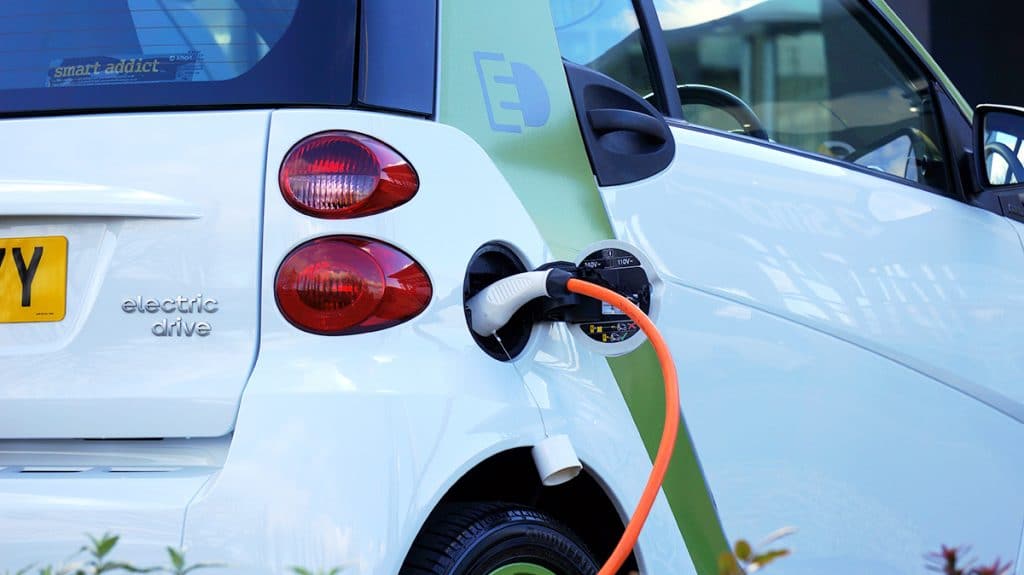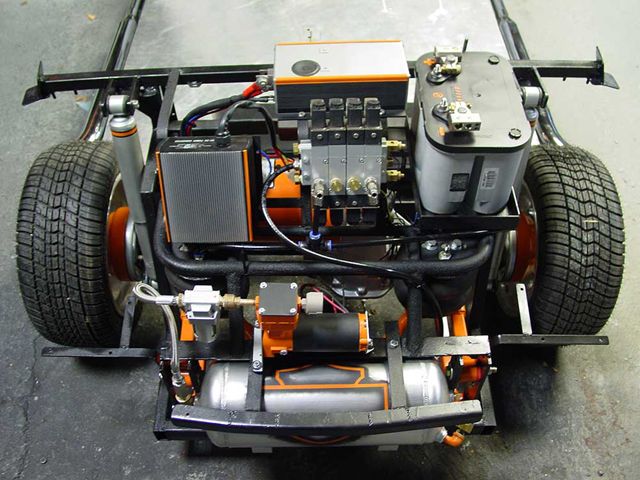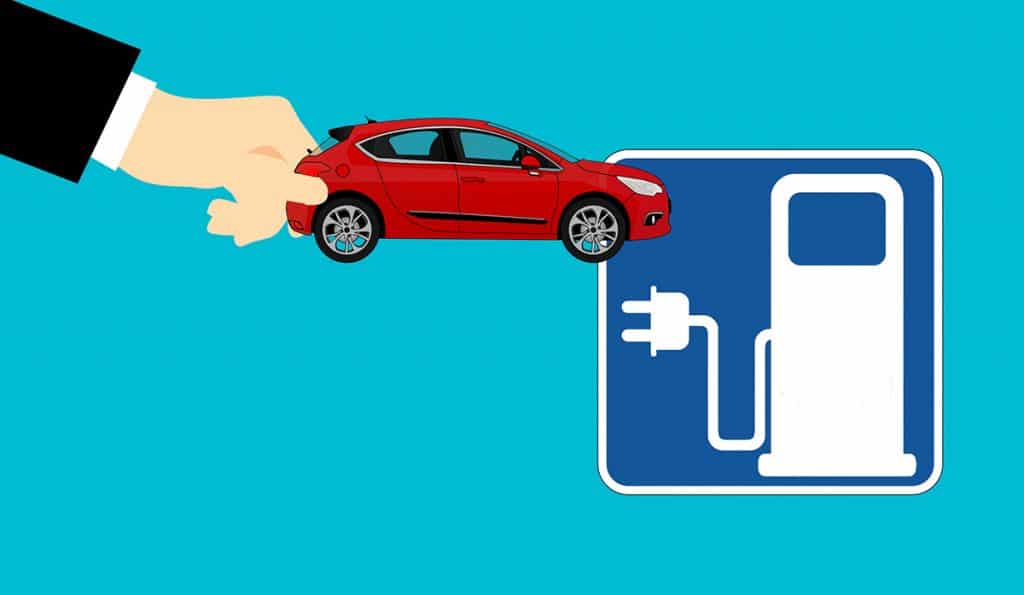Rare Earth Magnets in Electric Vehicle Motors
By Paul Fears | 05 January 2021
The global move towards the electrification of vehicles continues to gather momentum. In 2010, the number of electric cars on the world’s roads reached 7.2 million, of which 46% were in China (iea.org/reports/global-ev-outlook-2020). By 2030, the number of electric cars is expected to swell to 250 million, a massive growth in a relatively short time.

Industry analysts foresee pressure on the supply of key raw materials to meet this demand, including rare earth magnets.
Rare earth magnets play an important role in vehicles powered by both combustion and electric engines. There are two key components in an electric vehicle that feature rare earth magnets; motors and sensors. In this review, the focus is on motors.
Magnets in Motors
Battery-driven electric vehicles (EVs) get propulsion from an electric motor instead of an internal combustion engine. The power to drive the electric motor comes from a large traction battery pack. To preserve and maximise battery life, the electric motor must operate super-efficiently.

Magnets are a primary component in electric motors. A motor operates when a coil of wire, encircled by strong magnets, spins. The electric current induced in the coil emits a magnetic field, which opposes the magnetic field emitted by the strong magnets. This creates a repulsive effect, much like putting two north-pole magnets next to each other.
This repulsion causes the coil to spin or rotate at a high speed. This coil is attached to an axle and the rotation drives the wheels of the vehicle.
Magnet Selection
When designing and selecting a magnet for such motor applications there are a number of key design criteria to consider including:
Magnetic Force
The magnetic field of the permanent magnet must be sufficient to create a strong repulsive effect. The strongest permanent magnets presently available are Rare Earth (e.g. Neodymium Iron Boron and Samarium Cobalt).
Heat
The interaction between the coil and the magnet of the motor creates heat. The performance of all Rare Earth Magnets is adversely affected by heat and selecting the optimum magnet material and grade is critical to ensure long term performance.
Size
For automotive applications, the motor needs to be energy dense and cost efficient, keeping the overall space envelope as small as possible. This means that the most suitable magnet must be as small and also as powerful as possible.
There are four main types of magnets:
Magnet technology continues to evolve to meet the new demands of electric vehicles. Presently, the optimum magnet used in motors for hybrid vehicles and electric vehicles (in terms of strength and size) is Rare Earth Neodymium. Added grain-boundary diffused Dysprosium generates a higher energy density, resulting in smaller and more efficient systems.
- Purchasing Rare Earth Magnets online: Bunting-eMagnets
Amount of Rare Earth Magnets in Hybrid and Electric Vehicles
The average hybrid or electric vehicle uses between 2 and 5 kg of Rare Earth magnets, depending on the design. Rare earth magnets feature in:
- Heating, ventilation and air conditioning (HVAC) systems;
- Steering, transmission and brakes;
- Hybrid engine or electric motor compartment;
- Sensors such as for security, seats, cameras, etc;
- Door and windows;
- Entertainment system (speakers, radio, etc);
- Electric vehicle batteries
- Fuel and exhaust systems for Hybrids;

By 2030, the growth in electric vehicles will result in an increased demand for magnetic systems. As EV technology develops, existing magnet applications may move away from rare earth magnets to other systems such as switch reluctance or ferrite magnetic systems. However, it is anticipated that neodymium magnets will continue to play a fundamental role in the design of the Hybrid engines and electric motor compartment. To meet this expected increased demand for neodymium for EVs, market analysts expect:
- Increased output by China and other neodymium producers;
- Development of new reserves;
- Recycling of neodymium magnets used in vehicles, electronics and other applications, which is presently under investigation by the EU-funded SUSMAGPRO project;
Related Technical Articles
Bunting designs and manufactures a wide range of magnets and magnetic assemblies. Many are bespoke for specific applications. For further information on any of the products mentioned in this review, or for bespoke magnet assemblies and magnet designs, please contact us via:
Phone: +44 (0) 1442 875081
Email: sales.berkhamsted@buntingmagnetics.com
Via Bunting-eMagnets for online purchase of Magnets and Magnetic Technology
Follow us for all our latest news on Social Media


